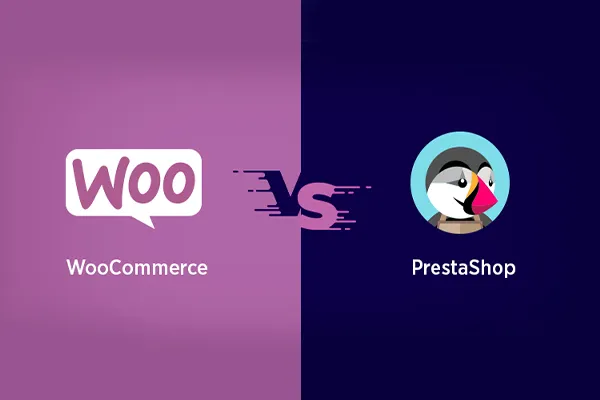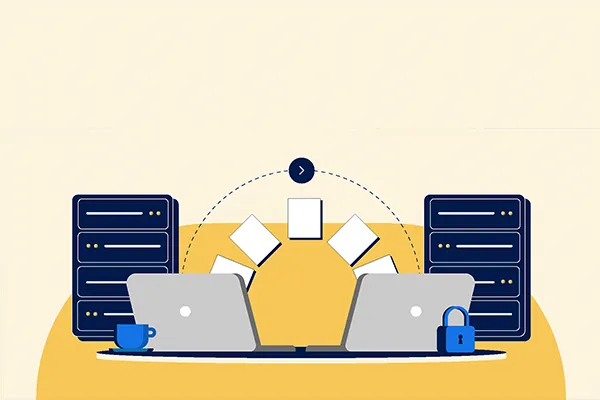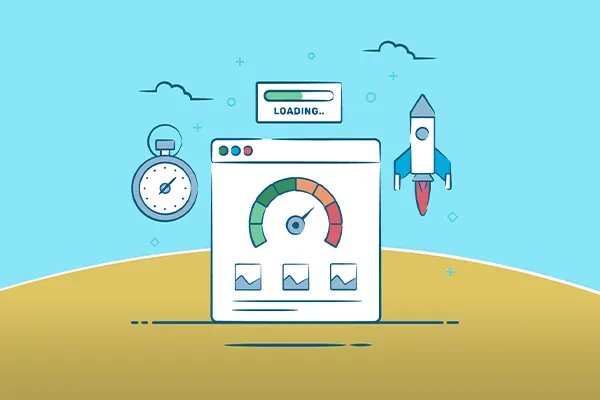Website creation usually begins with defining the client’s goals and requirements. It is important to understand what you want to achieve with your website and what features and capabilities you need. This may include information about your business, products or services, your target audience, and other factors that will affect the creation and design of the site.
Next is the planning and design stage. You need to define the site structure, its navigation, and components. You can create a schematic layout or conduct design thinking to visualize how your site will look.
After that, it’s time for development. Web developers will create the code and software that will run your website. They will use programming languages like HTML, CSS, JavaScript, and others to create the functionality and design of your site. During this time, databases and other necessary components may be created.
Next comes testing and debugging. Developers will check the site functionality, fix errors, and ensure everything works properly. They will also test the site’s compatibility with various browsers, devices, and operating systems.
After successful testing, the site is ready to be deployed on a web server. For this, you will need a domain name (for example, www.example.com) and a hosting account to host your site’s files on the server and make it accessible on the internet.
Ultimately, after the site is created and hosted, you may need support and maintenance. You may require site content updates, adding new features, or making changes to the design. This is important to ensure your site remains relevant and functional over time.
The entire website creation process requires collaboration between you (the client) and web developers to ensure your requirements and goals are met.










